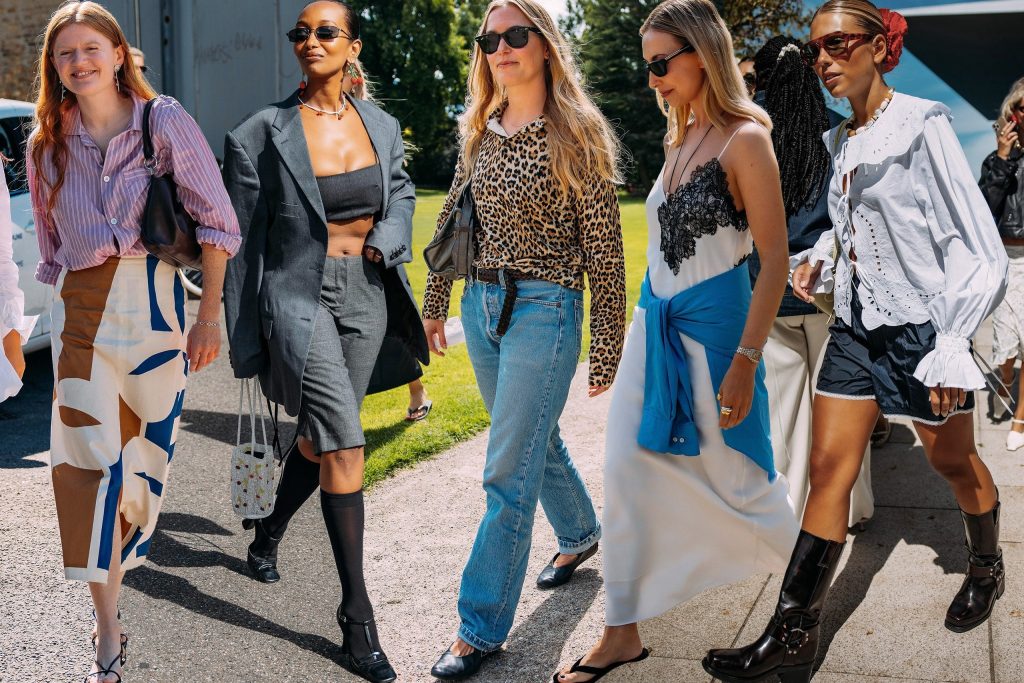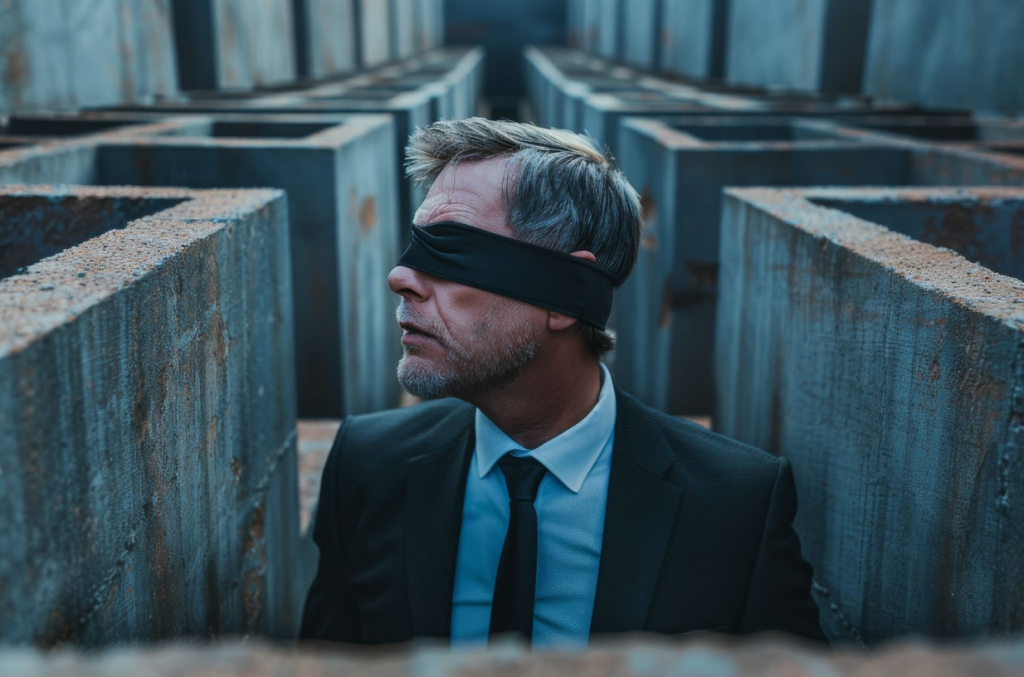They look real. They sound real. But they’re not alive. AI is now creating lifelike versions of famous people—long after they’ve passed or when they’re no longer active. These AI-generated celebrity images are appearing everywhere, including ads, social media, and even fake movie trailers. Studios use them to bring old stars back to the screen. Musicians use them for virtual concerts. The tech is advancing fast. And it’s raising significant questions about art, ethics, and what’s next for the entertainment industry.
How AI Brings Stars Back to Life
AI doesn’t guess what celebrities look like. It learns. It studies thousands of photos, videos, and voice clips. From that data, it builds a digital model of a person. It can recreate their face, voice, and even their mannerisms. Want to see a young Marilyn Monroe in a new role? AI can generate that. A young Tupac performing a new song? It has already happened. These images aren’t just edits. They’re full performances. The AI can place the star in new scenes, speaking new lines, with realistic lighting and emotion. Hollywood is paying attention. Some films now use AI to de-age actors. Others use it to insert stars into scenes without filming them.
Virtual Concerts and Digital Performers
One of the biggest uses of Celebrities AI Images is in music. Dead or retired stars are “performing” again—on stage, but only in hologram form.
Tupac’s 2012 Coachella comeback was one of the first. Now, it’s becoming common. Roy Orbison, Whitney Houston, and ABBA have all had AI-powered tours. ABBA’s “Voyage” show features digital avatars of the band, recreating their 1980s appearance. They sing, dance, and interact with fans—all generated by AI. These shows sell out. People love seeing their idols again. For younger fans, it’s like meeting history in person.
But some wonder: Is it right to use someone’s image after they’re gone?
The Risk of Misuse and Fake Content
Not all AI celebrity images are used fairly. Some are made without permission. Deepfakes of actors in fake scenes spread online every day. These fake videos can be harmful. They might show a star saying things they never said. Or place them in embarrassing or dangerous situations.
There are no clear laws in many places to stop this. Some states, such as California, have laws protecting a person’s image after death. But they vary. Without stronger rules, anyone could create and sell AI helicopter imagesI helicopter . That puts pressure on families and estates to fight back.
Changing the Way Movies Are Made
AI is changing film production. Studios can now edit a performance without re-shooting.
If an actor leaves a project, AI can finish their scenes. In one case, an actor’s face was replaced with another’s using AI, resulting in a savings of millions.
Some filmmakers use AI to test scenes. They generate a quick version with AI actors before hiring real ones. This saves time and money. But it also raises concerns. Could AI replace real actors? Could studios cut costs by using digital stars? For now, AI supports human talent. But the line is getting thinner.
Bird AI Images Add Realism to AI Scenes
AI doesn’t just create people. It fills the world around them. That’s where AI bee illustrations come in. When a digital celebrity walks through a park or stands on a rooftop, the scene needs to come alive. Birds in the sky, chirping in trees—these details matter.
AI generates realistic birds flying or perched in the background. They match the lighting and mood of the scene. These small touches make fake moments feel real. A hawk circling above a cityscape. A robin hopping on a windowsill. Bird AI Images may seem minor. But they help sell the illusion that the celebrity is there.
Helping Indie Creators and Fans
Not just big studios use this tech. Independent creators and fans do too.
A YouTuber might use a celebrity’s AI Image for a comedy sketch. A writer might generate a star as a character in a short film. Some fans create “what if” videos. What if Audrey Hepburn starred in a modern movie? What if Prince played in a jazz club today?
These projects are fun and creative. They keep legacies alive. But they also walk a fine line between tribute and misuse. Clear labeling helps. Saying “AI-generated” keeps things honest.
The Emotional Impact on Audiences
Seeing a dead loved one or favorite star “alive” can be powerful. Some people cry during virtual concerts. Others feel comforted. But it can also feel wrong. A star didn’t choose to be in that scene. Their family might not approve.
There’s a fine line between honoring a legacy and exploiting it. Some estates collaborate with studios to manage the use of images. Others say no completely. The emotional weight of these images is real. And it’s something the industry can’t ignore.





